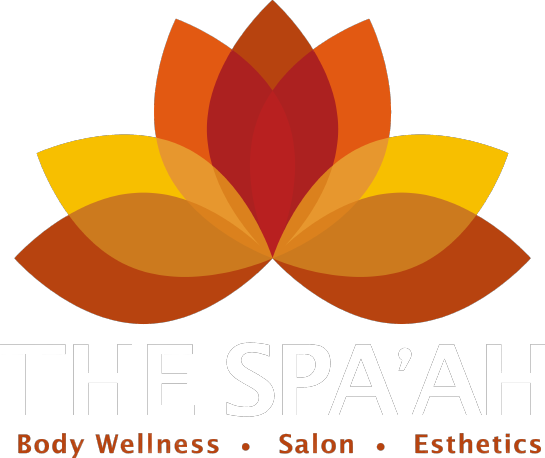Most massage enthusiasts in Conway, AR would say that the perfect massage time length is as long as possible. Unfortunately, massages can’t last forever. Schedules, therapist endurance, budget limitations, and wellness goals are often factors that influence the length of a client’s massage. However, these factors should never impact the actual massage time that the client pays for and receives. At our local spa, we make sure that each client receives the full time or service that they request. Sadly, some spas, especially massage memberships spas, require that at least 10 minutes of your 60 or 90-minute massage is reserved for consultation and dressing.
In this week’s blog, we look at why this practice is bad for spa clients and why The Spa’ah avoids it at all costs.
Hurry Up and Relax!
I’m sure that many of you have heard the phrase, “hurry up and wait.” Have you ever been told to, “hurry up and relax?” Many franchise or massage memberships based spas consider a 60-minute massage “50 minutes of hands-on service and 10 minutes for consultation and dressing.” The same logic is applied to a 30 or 90-minute service.
Consultation Confusion!
A proper consultation is essential for a great massage. During a typical massage consultation, your therapist should ask about your lifestyle, any focus or trouble areas that need to be addressed, as well as any medical concerns. Therapists should also be familiar with the client’s goals for their session which can include relaxation, increased mobility, pain relief and more.
Unfortunately, many spas require you to pay for your consultation as part of your service and limit consultation time. This means that the client is often forced to rush through an explanation of their ailments and preferences in an effort to get as much massage time as possible. This can be confusing for the therapist and result in a sub-par massage that may not address all of the client’s aches and pains.
Dressing Dangers!
To make matters worse, spas that utilize massage minutes for consultation also require that time to be used for dressing and undressing. The result is that the client is not provided with very much time to dress and undress before and after a massage. This can present some real issues for clients who may be in a great amount of pain or have trouble dressing and undressing due to muscular or joint abnormalities. In addition, if a client takes more time to dress and undress, their massage minutes are docked which results in less time with a therapist. All in all, this practice is not good for clients and can make their massage experience a stressor rather than a relaxing experience to be enjoyed.
Get What You Pay For!
It is important to read to the fine print when seeking out massage therapy deals. Understanding what you are getting when you pay for a massage is very important to weigh the value of one service provider against another. In other words, what may appear to be a good deal at first glance could, in fact, end in a bad experience or more money paid per massage minute.
For example, a typical 60-minute Swedish massage at The Spa’ah in Conway, Arkansas costs $65. This includes a full 60 minutes of massaging from a licensed therapist with no interruptions. This is because we request clients arrive early to their appointments so we do not have to include consultations or dressing in their actual massage time. Other massage providers, like massage memberships spas, charge $50 or $60 dollars for a 50-minute massage with 10 minutes of rushed preparation that can ultimately result in unpleasant experiences. When you compare the two approaches, The Spa’ah provides a full 60-minute massage at nearly the same price as massage memberships spas plus additional preparation and consultation services free of charge.
